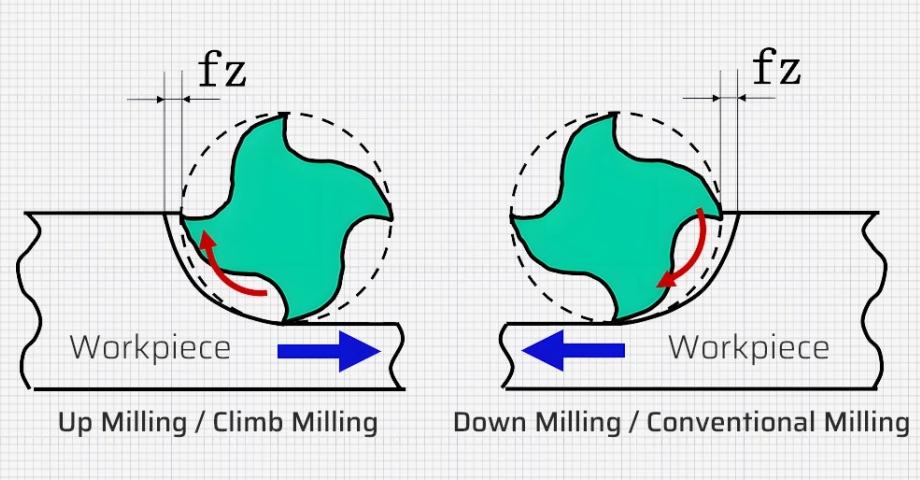Notifications
4 minutes, 48 seconds
-128 Views 0 Comments 0 Likes 0 Reviews

what is climb milling, also known as down milling, is a highly efficient and widely used method in CNC machining where the direction of the cutter rotation matches the feed direction of the workpiece. This approach contrasts with conventional milling, where the cutter and feed move in opposite directions. In climb milling, the cutting tool bites into the material with maximum thickness at the beginning of the cut and finishes with minimum thickness, resulting in smoother finishes and less heat generation.
The mechanics of climb milling offer several advantages that make it the preferred method in modern manufacturing environments. One of the most significant benefits is the reduction in cutting force. Because the cutter engages the material in a more natural shearing motion, the cutting action becomes smoother and requires less energy. This leads to a longer tool life and improved dimensional accuracy, especially when working with softer metals like aluminum or when performing finishing operations on harder materials.
Surface finish is another area where climb milling excels. As the tool rotates in the same direction as the feed, it leaves a cleaner and more uniform surface behind. This is especially critical in industries such as aerospace and medical device manufacturing, where high-precision surfaces are essential. Climb milling minimizes tool marks and reduces the need for additional finishing processes, helping manufacturers save time and maintain tighter tolerances.
Chip removal efficiency is also enhanced with climb milling. Since the chip is formed at full thickness and becomes thinner toward the end of the cut, it is thrown behind the cutter and away from the workpiece. This prevents chips from being recut, which is a common issue in conventional milling and can lead to tool damage or degraded surface quality. The effective chip evacuation contributes to lower heat buildup and reduces the risk of work hardening in heat-sensitive materials.
Despite its many advantages, climb milling does have some prerequisites for optimal performance. It requires machines with minimal backlash or machines equipped with backlash compensation features. Backlash refers to the small amount of play between mechanical components, and if not controlled, it can cause the cutter to grab the material suddenly, resulting in chatter or tool breakage. Modern CNC machines with rigid construction and advanced control systems are ideal for climb milling, ensuring consistent and accurate results.
Tool wear is another factor favorably influenced by climb milling. Because the cutting action starts with a thick chip and finishes with a thin one, the cutting edge experiences less rubbing and more efficient shearing, which extends the tool’s life. This is particularly important when machining abrasive materials or using high-speed cutting tools, where even slight increases in tool longevity can lead to significant cost savings over time.
Climb milling is widely applied in various machining operations, including face milling, slotting, and contouring. It is especially effective when machining parts with hard outer layers or coatings, as the cutting tool can penetrate the surface cleanly without smearing or deflection. When programmed correctly in CNC systems, climb milling enables higher feed rates, reduced cycle times, and improved productivity, making it indispensable for high-volume production environments.
As CNC technology continues to evolve, climb milling remains a key component of advanced manufacturing strategies. Engineers and machinists alike rely on this method to achieve high-performance cuts, extend tool life, and produce parts with exceptional surface finishes. With proper setup, machine rigidity, and tooling, climb milling provides a clear edge in the pursuit of machining excellence.

